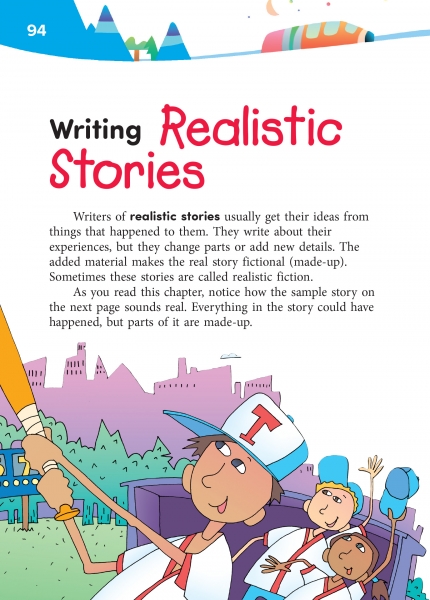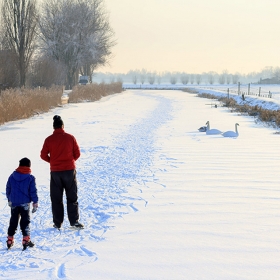Page 94 from

Start-Up Activity
Tell your students a true story about something that recently happened to you. If you can't think of something, tell them this story:
I went grocery shopping yesterday and was about halfway done. Then I remembered I forgot to get apples, so I left my cart and went to get apples. I returned with a bag of apples and put them in my cart and finished shopping. When I was checking out, I recognized the first few things I put on the belt, but after the apples, I didn't remember picking the other items. A woman came up behind me and said, "I think we got our carts switched." That was embarrassing!
After telling the story, ask what ways the story could be changed to be a made-up story, but still believable. (Answers include changing the people involved, describing specific purchases that were surprising, or even having the two people buy each others' groceries and not realize until they got home.) Let students know they will be doing the same thing with events from their own lives—turning them into realistic stories.
Think About It
“I never had to choose a subject—my subject rather chose me.”
—Ernest Hemingway

